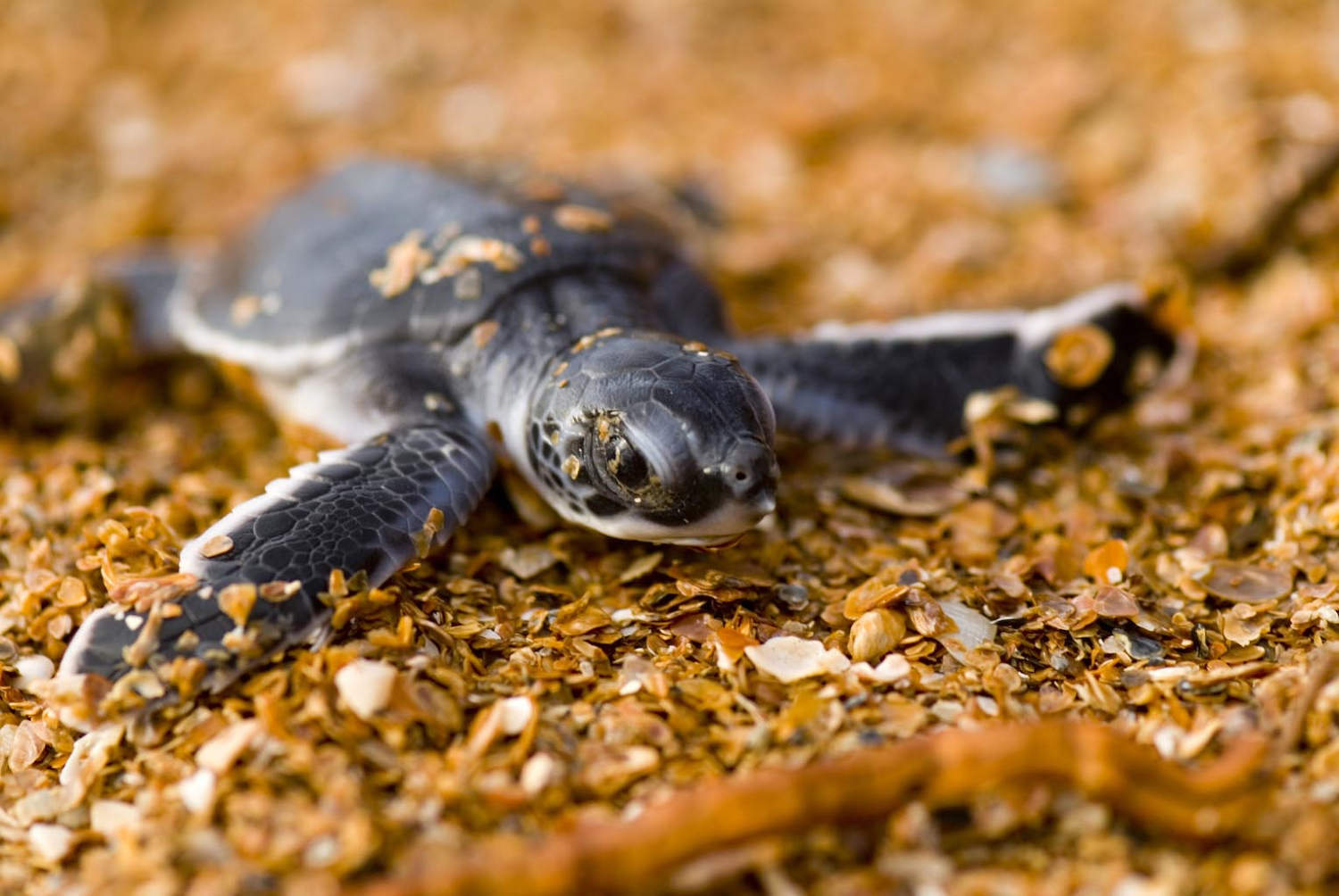

Globally, leatherbacks are considered vulnerable to extinction, but many groups are critically endangered, according to the International Union for Conservation of Nature.
All seven of the regions where leatherbacks are found face high environmental risks, said study co-author Bryan Wallace, a wildlife ecologist at Ecolibrium in Colorado.
Leatherback turtles are famous for making the longest known marine migrations of any animal — with some individuals swimming as many as 3,700 miles (5,955 kilometers) each way. That feat moves them through a wide swath of regions and may expose them to unique risks, he said.
Meanwhile, green turtles are still considered endangered globally, but their populations show signs of recovery in many regions of the world, researchers found.
“By ending commercial harvests and allowing them time to rebound, their populations are now doing really well” in coastal waters off many regions of Mexico and the U.S., said co-author Michelle María Early Capistrán, a Stanford University researcher who has conducted fieldwork in both countries.
 Latest World Breaking News Online News Portal
Latest World Breaking News Online News Portal






